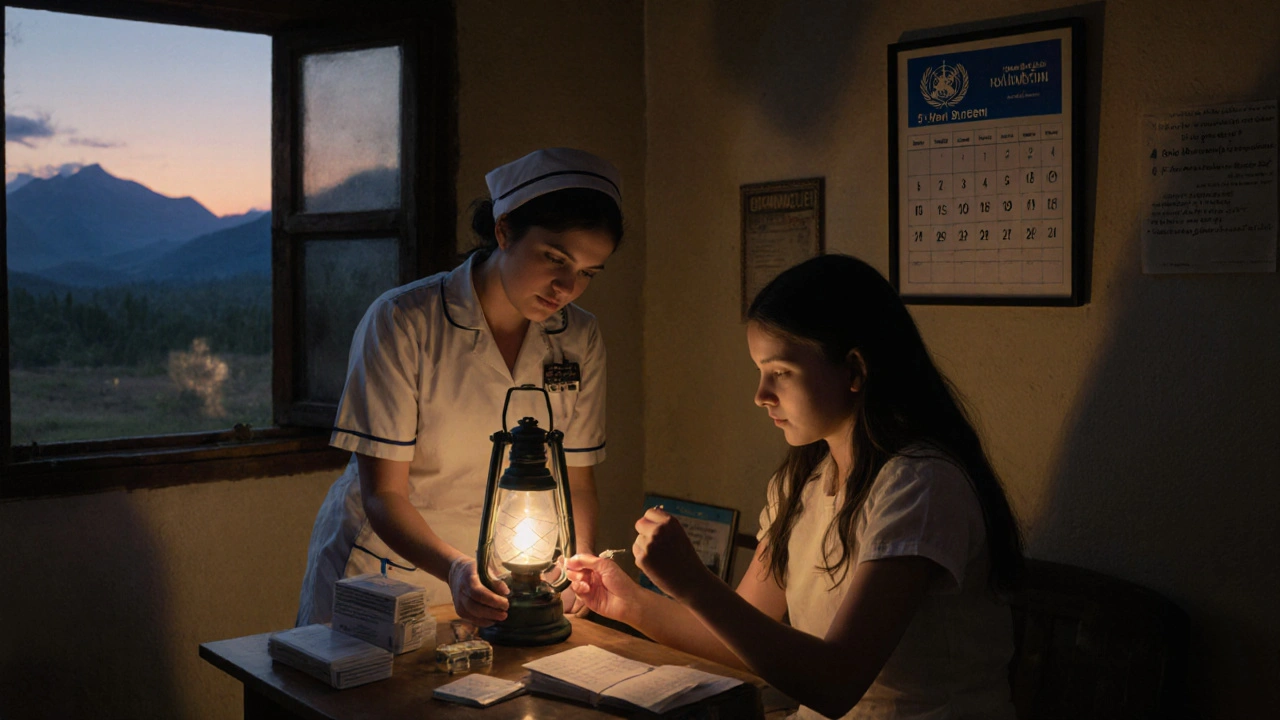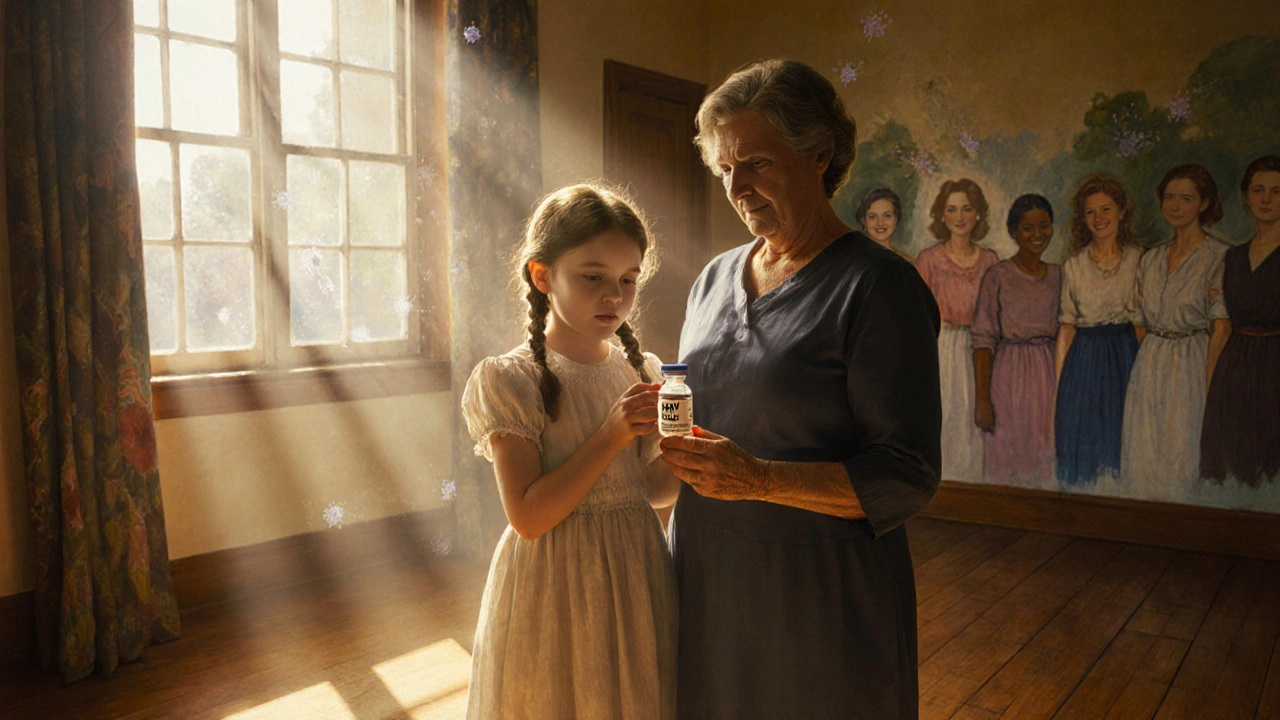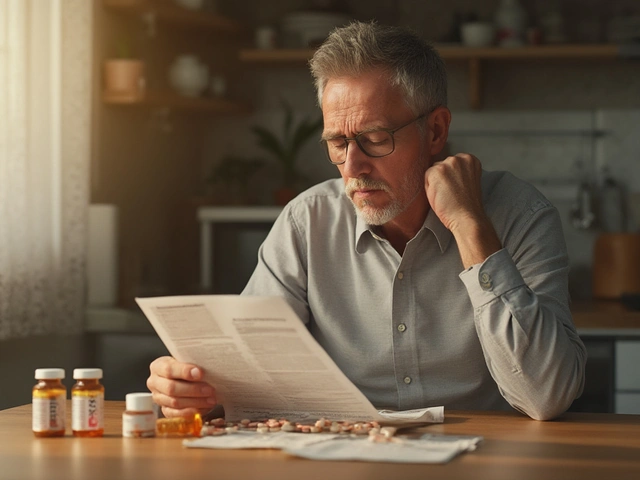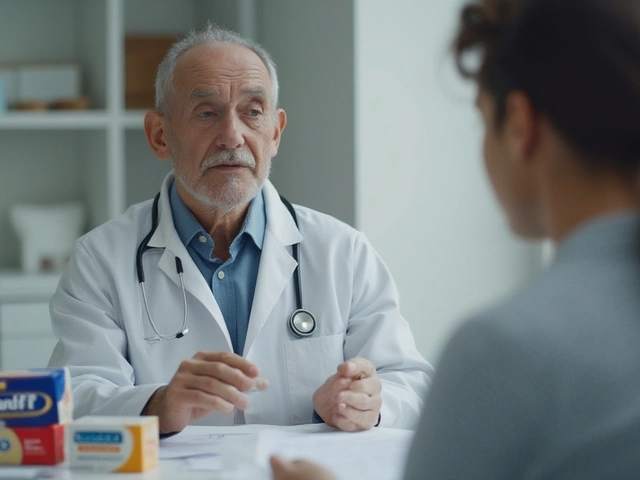Every year, over 300,000 women die from cervical cancer worldwide. Most of those deaths are preventable. The tools to stop it already exist: HPV vaccination and regular Pap testing. Together, they’ve turned what was once a leading cause of cancer death in women into a disease we can nearly eliminate.
Why HPV is the Root Cause
Cervical cancer doesn’t appear out of nowhere. It’s caused by the human papillomavirus - specifically, high-risk strains like HPV 16 and 18. These two strains alone cause about 70% of all cervical cancers. The virus spreads through skin-to-skin contact during sexual activity. Most people get infected at some point in their lives, but the immune system clears it in most cases. The problem happens when the infection sticks around for years, slowly turning healthy cells into precancerous ones. Left unchecked, those changes can become invasive cancer.How the HPV Vaccine Works
The HPV vaccine doesn’t treat existing infections. It prevents them. It teaches your immune system to recognize and fight off the virus before it ever takes hold. There are three versions: bivalent (protects against 2 strains), quadrivalent (4 strains), and nonavalent (9 strains). Since 2016, the nonavalent vaccine - Gardasil-9 - has been the only one available in the U.S. It covers the two most dangerous strains plus seven others that cause most of the remaining cases. The vaccine works best when given before any exposure to HPV. That’s why health experts recommend starting at age 11 or 12. At that age, the immune system responds strongly, and most kids haven’t yet been exposed to the virus. A two-dose schedule - given six to twelve months apart - is enough for anyone starting before age 15. If you start at 15 or older, you need three doses over six months. Studies show it’s incredibly effective. A 2024 study in Scotland tracked nearly 140,000 women who got the full vaccine at age 12 or 13. Not a single case of invasive cervical cancer was found in that group. That’s the first time in history a national cohort has shown complete prevention. In the U.S., girls vaccinated before age 16 saw an 86% drop in cervical cancer rates. Even those vaccinated between 17 and 19 had a 68% reduction.The Game-Changer: Single-Dose Protection
For years, the vaccine required two or three shots. That made it harder to deliver in low-resource areas. But recent research has changed everything. The KEN SHE trial in Kenya found that just one dose of either the bivalent or nonavalent vaccine gave 97.5% protection against high-risk HPV strains - and that protection lasted at least three years. The Costa Rican trial confirmed this: a single dose provided 82% protection, nearly as good as two or three doses, even 11 years later. In 2023, the World Health Organization officially prequalified single-dose HPV vaccines for global use. The CDC updated its guidelines to recognize single-dose efficacy. Gavi, the Vaccine Alliance, is now funding $1.05 billion to roll out single-dose vaccines in over 50 low-income countries. This could be the breakthrough that finally makes HPV vaccination accessible to every girl, everywhere.
Screening Still Matters - Even if You’re Vaccinated
Some people think if you’ve had the vaccine, you don’t need screening. That’s not true. The vaccine doesn’t protect against all cancer-causing HPV strains, and it doesn’t help if you were already infected before vaccination. That’s why Pap tests - and now HPV testing - are still essential. The American College of Obstetricians and Gynecologists (ACOG) recommends starting Pap tests at age 21, regardless of vaccination status. After age 25, HPV testing alone every five years is the preferred method. Co-testing (HPV plus Pap) is also an option. For vaccinated women, the five-year interval is safe because their risk is so low. Unvaccinated women should still be screened every three years with Pap alone. In 2024, the FDA approved the first at-home HPV self-sampling test. This could remove major barriers - especially for women in rural areas, those without regular access to clinics, or those who feel uncomfortable with pelvic exams. Early data shows it increases screening rates by up to 40%.Why Vaccination Rates Are Still Too Low
Despite the evidence, vaccination rates lag. In the U.S., only 60.4% of teens aged 13 to 17 completed the full HPV vaccine series in 2022. In Scotland, where the program started in 2008, over 90% of 10th graders were vaccinated by 2023. Australia, which began universal vaccination in 2007, is on track to eliminate cervical cancer by 2028. What’s holding us back? Misinformation. Fear. Confusion. Some parents think the vaccine encourages early sexual activity - but studies show no link. Others worry about side effects. The most common are soreness at the injection site, dizziness, or a mild fever - all temporary. Serious reactions are extremely rare. The pandemic made things worse. From 2020 to 2022, U.S. HPV vaccination rates dropped 17%. While they’ve started to recover, we’re still behind where we should be.The Global Picture: Progress and Inequality
Globally, only 12.9% of eligible girls have received the full HPV vaccine series. That’s unacceptable. Eighty-five percent of cervical cancer deaths happen in low- and middle-income countries, where screening is scarce and vaccines are hard to reach. The WHO’s 2020 elimination strategy has three goals: 90% of girls vaccinated by 15, 70% of women screened by 35 and 45, and 90% of precancers treated. Countries that hit these targets - like Australia, the UK, and now Scotland - are seeing cervical cancer rates plummet. In Australia, high-grade cervical abnormalities dropped 85% in vaccinated women. The math is clear: if we reach 80-100% vaccination coverage for both girls and boys - with catch-up programs for older teens - we could prevent nearly 50 million cervical cancer cases by 2100.





